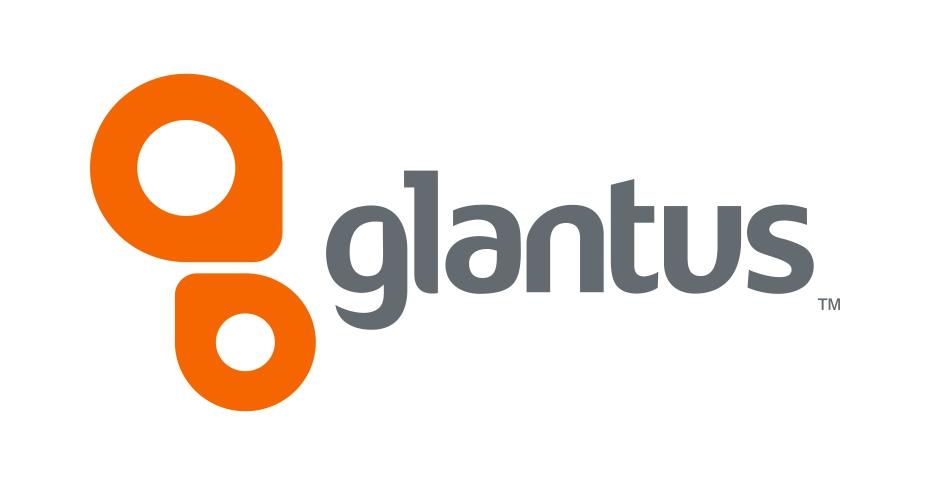
Data made simple
Dublin-based technology company Glantus has a simple mission: to empower businesses with a one-stop data integration, automation, and advanced analytics product, developed with actual business needs in mind. In a crowded space with plenty of complex alternatives, Glantus presents itself as globally unique: it offers an end-to-end feature set, real-time connectivity and an intuitive approach to development and deployment.
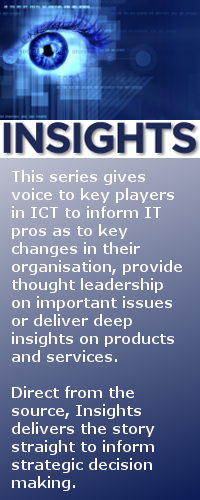
“We wanted to start with the end user, the actual customer need, and work backwards,” said CEO Maurice Healy. Healy is a business technology veteran with decades of experience leading innovative IT services companies, in Ireland and abroad. “I was looking for a data integration solution myself and was becoming frustrated with how expensive and narrow every option on the market seemed to be. That’s when I approached Geoff.”
Geoff Keating, Glantus chief technology officer, was facing a similar problem. “At the time I was working as a consultant on some major IT deployments, in Ireland and internationally. Clients would come to us and ask about their data, how to integrate it, how to get their analytics out of it, that sort of thing, and we would provide a solution based on products offered by big vendors.

“We did a lot of research and identified where that ‘silo effect’ was being created. Once we found solutions, we started developing,” Geoff Keating, Glantus
“Although these products could serve for individual, narrow use cases, the lack of integration between products meant companies simply ended with a new set of data silos. They were powerful in theory, but front-line team members couldn’t make heads or tails of them. On top of that, adding new data sources after the initial deployment became a huge headache. Using multiple vendors to provide different functionality, connectivity and visualisation, for instance, also meant costs would keep climbing.”
Keating and Healy, collaborators on cutting edge software projects with decades of experience, were both describing the same phenomenon — company-wide efforts to integrate data and put it to use were failing or falling short of expectations. Often, employees were falling back on inefficient, manual methods to accomplish the same things.
The duo scoped out what they would want an end-to-end data platform to do: they needed seamless connectivity, real-time process automation, system-to-system communication, as well as built-in visualisation, advanced analytics with a scalable, self-service outcome.

“I was looking for a data integration solution myself and was becoming frustrated with how expensive and narrow every option on the market seemed to be,” Maurice Healy, Glantus
“Once we’d laid out the business need, I started to explore the technological solution. We did a lot of research and identified where that ‘silo effect’ was being created. Once we found solutions, we started developing,” said Keating.
“In the past year we’ve deployed the product in several sectors,” said Healy. “In SMEs and major UK-based PLCs. The diversity of the client base shows the scale and power of the product.”
“Our professional services approach dovetails with the product,” said Keating. “We start out by saying ‘what do you want to ask your data’ and inevitably clients have countless needs that we can solve. It’s resonating really well.”
Use cases and the bottom line
Glantus’ flexibility has meant that it is used for a variety of purposes. Most companies see immediate savings by integrating and automating many of their run-rate data operations, these include reporting tasks, project milestone checks and regulatory paperwork. But the real value of using a data platform likes Glantus lies in the more visionary cases.
“A big part of what we do is to enable organisations to discover opportunities to put their data to work,” said Grainne McKeown, chief financial officer. “Our use cases are diverse. For instance, one client has implemented our software to automate traceability across their supply chain, from sourcing of raw materials to manufacturing, finishing and delivery. This has allowed them to slash costs by executing Inward Processing (IP) to get relief from Customs Duty and import VAT. Another has achieved granular visibility over every construction project, down to each individual unit, to get a live assessment of construction progress against estimated completion dates and financial budgets. The key to our success is that we engage in a discovery process in advance, so that our clients have a clear view of the RoI up front.”

“A big part of what we do is to enable organisations to discover opportunities to put their data to work. Our use cases are diverse,” Grainne McKeown, Glantus
Integrated, end-to-end data tools
Glantus combines four pillars of data functionality: connectivity, automation, visualisation and advanced analytics. This integrated approach allows customers to immediately deploy their data to visualisation and automation tools, to discover and action new insights in our advanced analytics studio, and to develop a self-service culture around their data needs.
The product has been engineered to connect to virtually any data source out of the box, whether those are APIs, databases, feeds of conventional files such as spreadsheets, and many more. Users can control their own connectors and retrieve data in real time. It is built for live data streaming, allowing users to build workflows that can automate actions, deliver alerts to team members, and pipeline live information to other tools.
The visualisation tool allows users to create real-time dashboards based on their data to serve the needs of individual teams. The Glantus advanced analytics studio allows users to explore their data and discover new insights, immediately actioning them in our other modules.
Built for modular deployments
By offering integrated data features on a single platform, Glantus offers customers a future-proof product with a self-service outcome — the goal is to empower customers to do more with their data, and to save money.
“A lot customers start out with a single module,” said Healy. “Some customers coming looking for a BI solution, or data integration, or analytics. But most of the time, customers identify the power of our other modules and quickly expand the way they use the platform.”
Global play
Glantus has already been deployed in several jurisdictions. Customers include major British PLCs and innovators in emerging markets in Southeast Asia. “Our challenge is getting companies to take the first meeting,” said CEO Healy. “But once we get people talking, there’s almost no end to what we can do for them. Our technology is being used in Malaysia, to help major international brands connect with retailers, for instance. And companies that have to deal with multiple regulatory jurisdictions, in aviation for instance, has become big deals for us.”
Tech: innovative, practical approach
CTO Joe Keating leads a full team of developers, with employees based in Dublin as well as Katowice, Poland. The team’s first challenge was in breaking down the data ‘silo effect.’
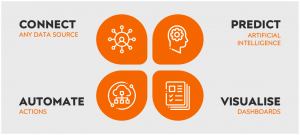
(Image: Glantus)
“Our research showed that these data siloes were being created because of certain conflicts,” said Keating. “For instance, the difference between structured and unstructured data, internal data and data gleaned from ‘social listening,’ and so on. We explored best of breed options for live data streaming and sentiment analysis and came up with an integrated solution.”
The Glantus data science studio provides advanced analytics and actionable insights to users, powered by the open source programming languages R and Python. “R and Python are at the cutting edge of artificial intelligence and machine learning,” said Keating. ‘The open source option means we’re tapping into a community of developers who are constantly innovating. It’s future-proof and scalable.”
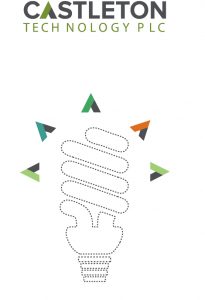 Case study – Castleton Technology plc
Case study – Castleton Technology plc
Castleton Technology, a provider of IT solutions to the social housing sector, wanted to give its clients a single, unified view of their operations. The trouble was, customers were using multiple software products that did not communicate with each other.
Glantus broke down those ‘data silos’ and helped Castleton unify its data sources. Using Glantus’s powerful data integration, visualisation, reporting and automation features, Castleton can now provide customers with a single, unified view of their properties and tenants, and get insights into their own business as well.
Castleton offers a broad range of software and managed IT solutions to its customers in the social housing sector, each generating significant amounts of useful data for its clients. However, a lack of data integration meant that these systems were in effect operating as ‘data silos’ — customers were relying on multiple systems to get a picture of their properties, and Castleton was left without a clear view of its entire, complex suite of operations.
In order to deliver on its vision of a fully integrated solution for its customers, Castleton needed a platform which could connect its various data sources and provide insights on key metrics across the customer’s business, and their own.
Glantus started out by analysing Castleton Technology’s diverse portfolio, categorised the products into four key service areas: customer management, housing management, repairs and finance. This internal data was integrated with key external data (weather, traffic and crime statistics) to create a single, unified data management environment, live on the Glantus platform.
From here, Glantus used this data to create visualisation dashboards and automated workflows in line with the client’s needs — and trained the Castleton team to create their own. This way, Castleton can now create visualisation dashboards and reports for individual customers, as well as stay on top of their own business’s performance — in an intuitive, real-time manner.
Clear results emerged from day one:
- Glantus’s automated action workflows are creating a more agile site maintenance process for customers. Maintenance teams can now be alerted based on outside data sources like traffic and weather, and re-deployed instantly, boosting efficiency.
- Castleton is now saving time and resources by delivering real-time reporting to customers (as opposed to cumbersome, manual reporting from multiple sources).
- Glantus’s global, out-of-the-box connectivity and live data streaming means users are making decisions based on more accurate information.
- Castleton is now saving money (and making faster, better-informed decisions) by getting a complete, accurate picture of its diverse organisation and portfolio in one location.
- By offering customers a simple but comprehensive picture of all of their systems, customer satisfaction and retention are experiencing a major boost.




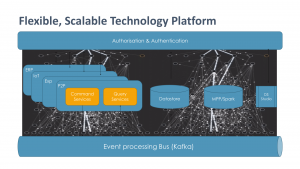


Subscribers 0
Fans 0
Followers 0
Followers